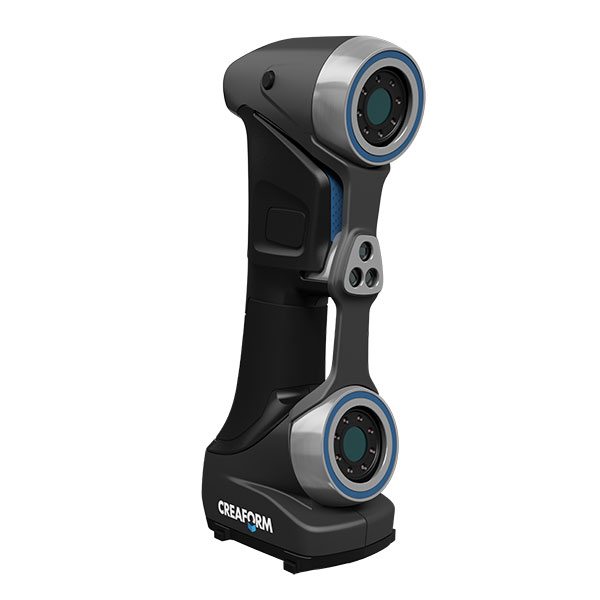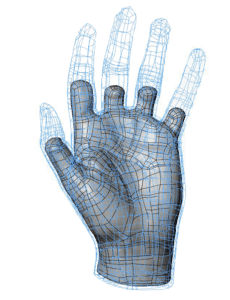DIGITIZE YOUR WORLD
With reverse engineering services from Proto3000, you can digitize almost anything into workable 3D CAD data. By digitizing your products and parts, you can modernize your manufacturing and product development processes and eliminate the need for physical inventory. Reverse engineering through 3D scanning makes it possible to easily and quickly achieve a highly accurate 3D digital model of the assembly and all existing components of your part.
Explore how our reverse engineering services can help you build the best possible product.

BRIDGING PHYSICAL & DIGITAL
Here’s what our reverse engineering team can do for you
-
Capture CAD data from your object
-
Design a new part to fit
-
Refine performance surfaces
-
Update CAD models for part-tooling needs
-
Redesign a product/part without manufacturing defects
-
Streamline your manufacturing process

CAD Development

Reference Bodies

Assembly Mapping

Casing

BOM Creation

Archiving
WHAT IS REVERSE ENGINEERING?
Reverse engineering is the process of discovering the technological principles of a device, object or system through analysis of its structure, function, and operation. It often involves taking something (eg. a mechanical device, electronic component, or software program) apart and analyzing its workings in detail to be used in maintenance or to make a new device or program that does the same thing without copying anything from the original. Reverse engineering has its origins in the analysis of hardware for commercial or military advantage. The purpose is to deduce design decisions from end products with little or no additional knowledge about the procedures involved in the original production. The same techniques are currently being researched for application to legacy software systems to replace incorrect, incomplete, or otherwise unavailable documentation.


WHEN TO USE
-
Interoperability
-
Lost Documentation
-
Product Analysis
-
Digital Update & Correction
-
Academic & Education
WHY USE REVERSE ENGINEERING SERVICES?
As computer-aided design (CAD) has become more popular, reverse engineering has become a viable method to create a 3D virtual model of an existing physical part for use in 3D CAD, CAM, CAE or other software. The reverse-engineering process involves measuring an object and then reconstructing it as a 3D model. The physical object can be measured using 3D scanning technologies like CMMs, laser scanners, structured light digitizers or computed tomography. The measured data alone, usually represented as a point cloud, lacks topological information and is therefore often processed and modeled into a more usable format such as a triangular-faced mesh, a set of NURBS surfaces or a CAD model. Reverse engineering is also used by businesses to bring existing physical geometry into digital product development environments, to make a digital 3D record of their own products or to assess competitors’ products. It is used to analyze, for instance, how a product works, what it does, and what components it consists of, estimate costs, and identify potential patent infringement, etc. Value engineering is a related activity also used by businesses. It involves deconstructing and analyzing products, but the objective is to find opportunities for cost cutting.